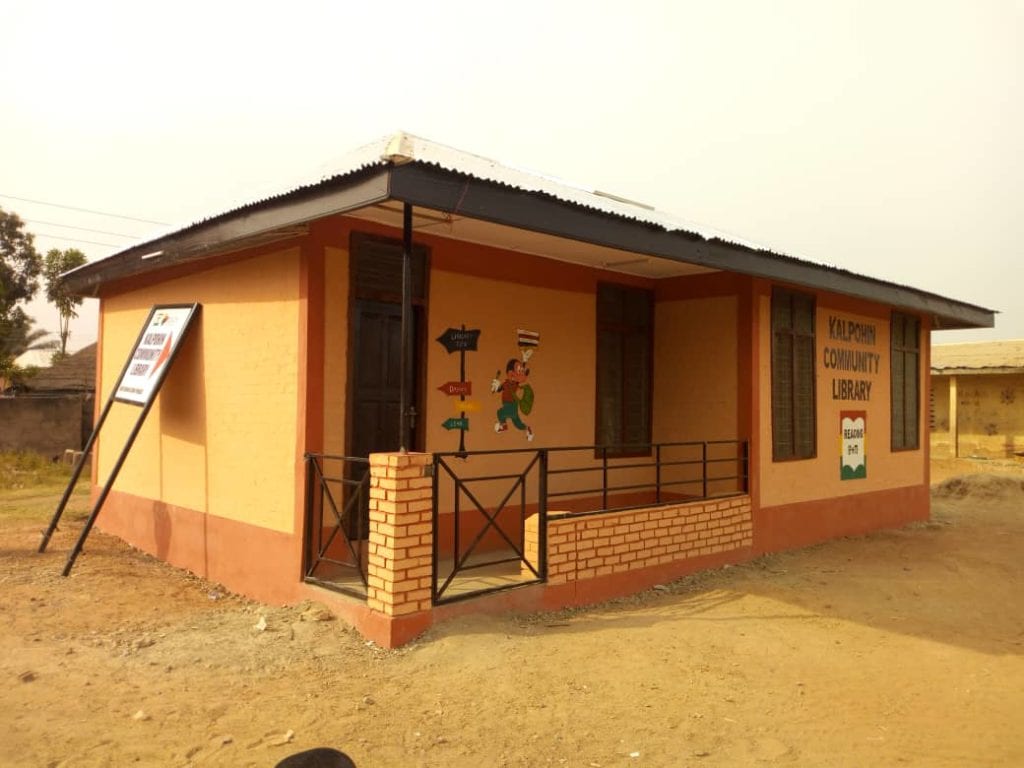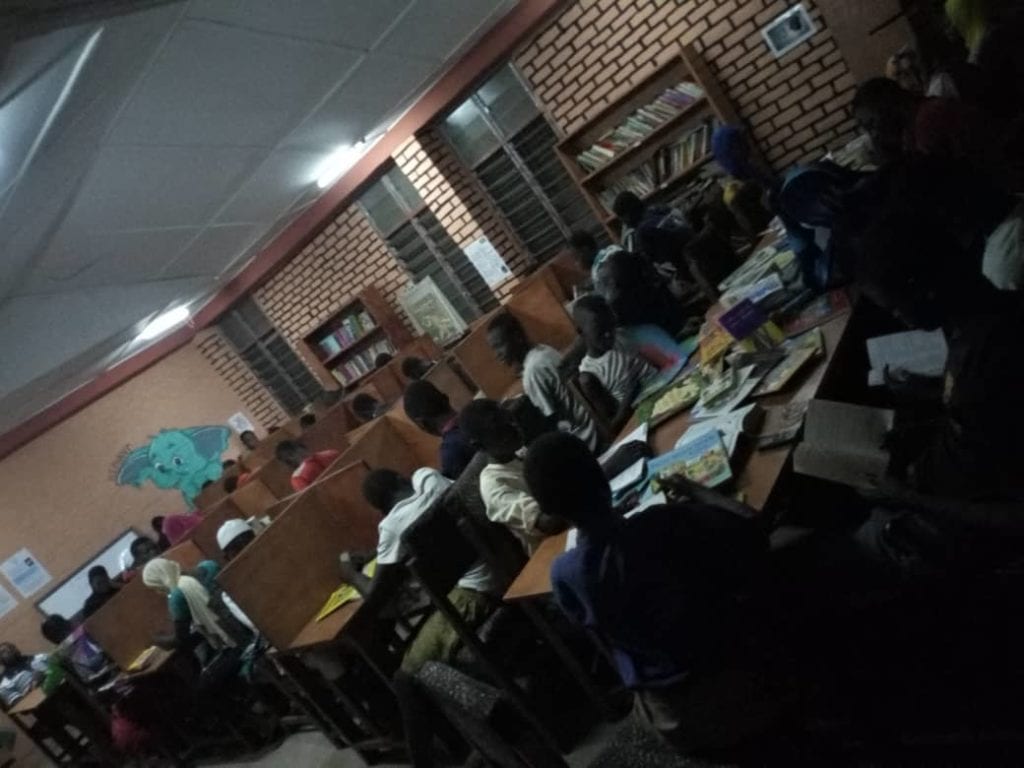It’s now almost axiomatic that students over the world perceive science as a field reserved only for a few group of ‘gifted’ students. Conceivable reasons for students’ lack of interest in science and learning in general include students’ lack of learning materials and the inability of conventional classrooms to make science lessons more practical, exciting and connected to challenges within students’ immediate environments. This is particularly true in emerging economies such as Ghana where most schools lack basic science resources necessary for practical sessions.
In the Kalpohin Community in Northern Ghana, Reading Spots has bridged this gap by establishing a solar-powered learning center for the community, where students now have access to reading books, basic science equipment and other learning materials. Among other equally impactful initiatives at the library such as weekly reading clinics and a science club that have students experimenting with electronic kits, what prompted this article is a recent collaboration between the library and Sevenoaks school in the UK on a science project and the unprecedented, positive impact it had on students’ attitude towards science and learning in general.
The Sevenoaks Social Impact Week programme run from 25th through 28th June. The project had students in Kalpohin watch experiment videos by students of Sevenoaks, with the aim of recreating similar experiments using locally available resources and tailoring it to the needs of the their own community. Prior to the project, students were very anxious and less confident of their capacity to actually create things on their own. But inspired by their peers from Sevenoaks School, students independently created projects including a working wind turbine that generated 0.4 v; a parabolic dish solar thermal collector, a geodesic dome, and a so cool experiment that carried their voices on a light beam; and all these were created with locally available materials, dominated by discarded cartons.
The incredible outcome of this collaboration not only includes an increased belief by students in their own resourcefulness, but has also increased students’ interest in learning. It’s particularly remarkable that the library recorded an improved attendance of 38 users on the night of the experiment day; this was the maximum attendance recorded in a week, for which average attendance was 30. This improved attendance increased to an unprecedented 58 users the following night. The impact of the collaborative project goes beyond improved attendance to the library; the project has also inspired Mr. Adam, a science teacher at Kalpohin Anglican School, whose students took part in the project, to, for the first time, try building a periscope with his students. The designed products are also being borrowed from the library and being used as teaching and learning materials by science teachers in schools within the community.
Another impact of the project that I wouldn’t want to leave out is its effects on students’ sense of global citizenship and self-confidence; Abdul Wakil (a volunteer at the library who took part in the project) remarked after watching the video presentations by Sevenoaks students: “I like the confidence with which they speak, I will also talk like that.” This speaks to the mind-sets fine-tuning that the project has had on students.
I will definitely love to sustain this project and take it further for it contains within it the 21st century skills of creativity, communication, critical thinking and collaboration needed to survive in today’s world. On behalf of the Kalpohin Reading Spots, and colleague Fellows of Teach for Ghana at the Kalpohin Junior High School, I thank the students, staff of Sevenoaks School for the opportunity to be part of this project.
By: Ali Eliasu
Science Club Lead at Kalpohin Reading Spot




